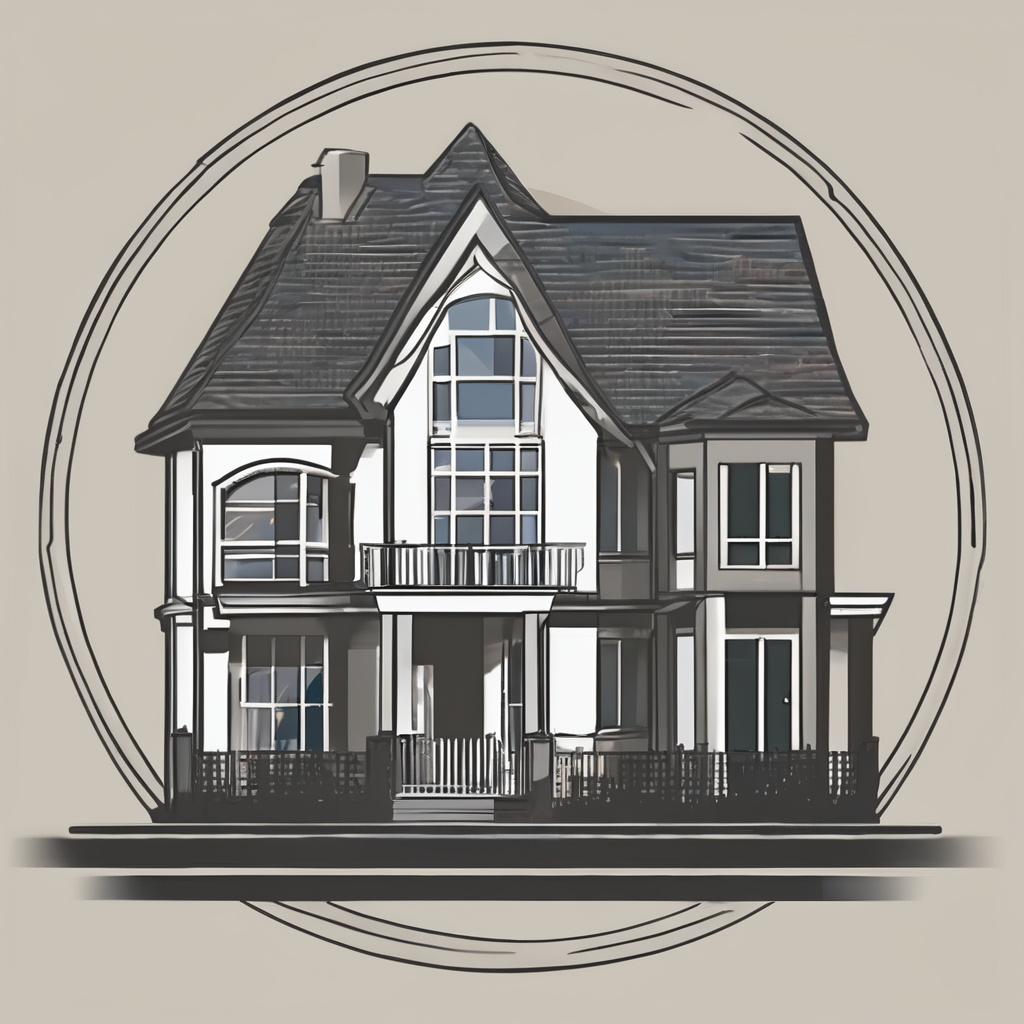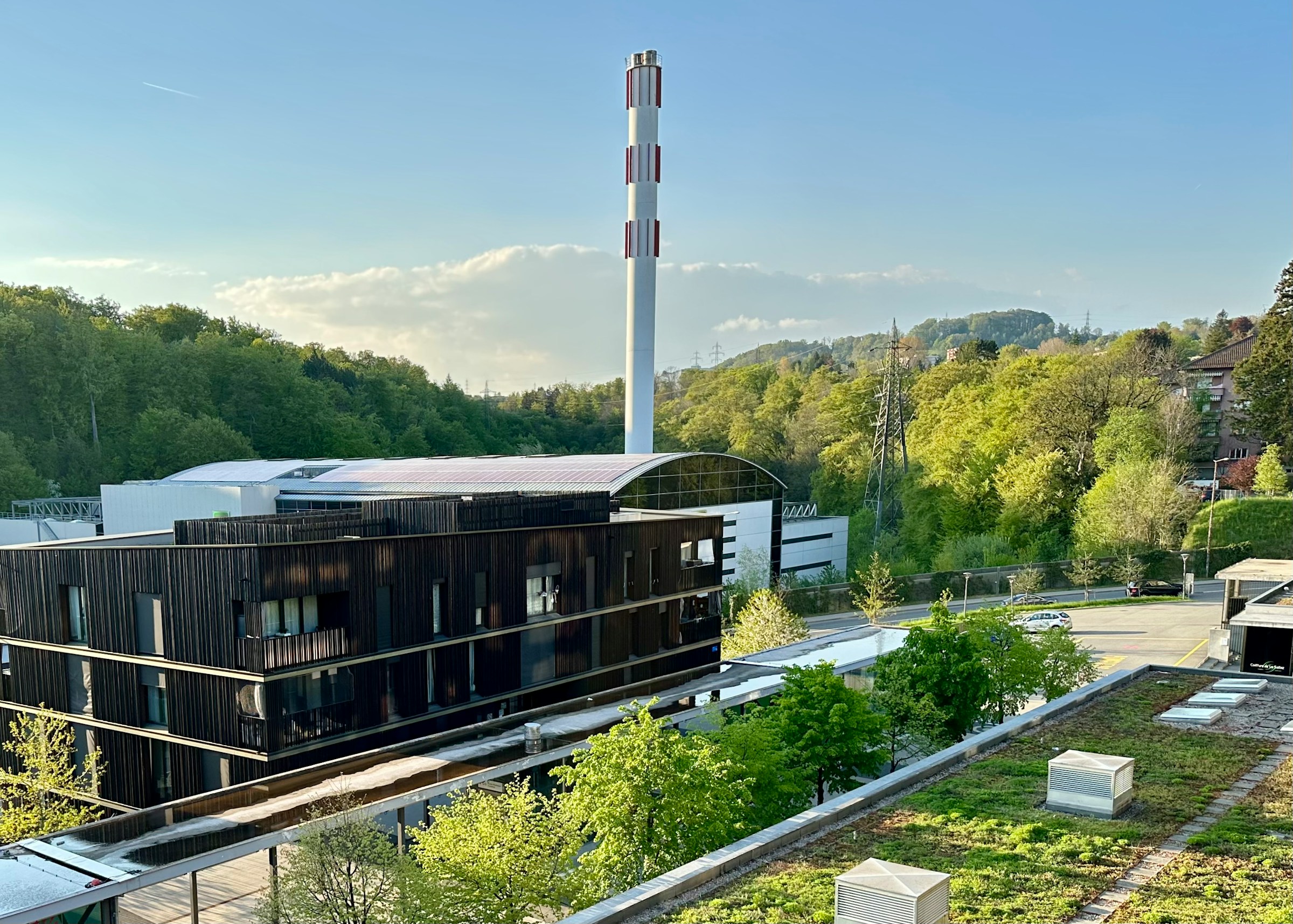Today, as we approach the middle of the 21st century, the focus on sustainable development is at an all-time high. With climate change becoming an ever-present concern, every sector of the economy is being challenged to adapt and evolve. The construction industry is no exception. In the United Kingdom, new green building codes are shaping the future of construction, mandating environmentally sensitive approaches to building design and development.
Understanding Green Building Standards
Before we delve into the specifics of the new codes, it’s crucial to understand what we mean by ‘green building’. This concept refers to the practice of creating structures and using processes that are environmentally responsible and resource-efficient. From the early stages of construction to the final product, green building seeks to reduce the overall impact of the built environment on human health and the natural world.
Avez-vous vu cela : How should UK property investors adjust their portfolios in light of economic uncertainty?
The principles of sustainability are critical to green building. These include efficient use of water, energy and other resources, protection of occupant health and improving employee productivity, and reducing waste, pollution and environmental degradation. Such principles are incorporated into the design, construction and operation of buildings, with the aim of creating structures that are not only aesthetically pleasing but also good for the environment.
The Role of Certification and Standards in Green Building
Certification and standards play a key role in green building. Third-party certification bodies provide independent verification of a building’s environmental performance, ensuring that it meets specific standards of sustainability. In the UK, the BREEAM (Building Research Establishment Environmental Assessment Method) is a leading green building standard, assessing buildings against a range of environmental and sustainability criteria.
Avez-vous vu cela : What are the best practices for UK expatriates to manage property and banking from abroad?
The BREEAM certification and other similar standards encourage better environmental performance in buildings by setting a benchmark for sustainable design. By achieving certification, developers can demonstrate their commitment to sustainability, and property buyers can be confident in the environmental credentials of their investment.
New green building codes introduced in the UK aim to raise the standard for all buildings, requiring even higher levels of environmental performance. These codes integrate a range of considerations, from energy efficiency to water conservation, encouraging more sustainable practices in every aspect of building design and construction.
Energy Efficiency: A Key Consideration
Energy efficiency is a cornerstone of the new green building codes. Buildings are one of the largest consumers of energy, contributing significantly to global carbon emissions. As such, improving energy efficiency is a critical step towards reducing the environmental impact of the built environment.
New codes require buildings to minimise their energy use through efficient design and the adoption of green technologies. For example, developers might need to incorporate renewable energy sources, such as solar panels or wind turbines, into their designs. Energy-efficient appliances and systems, from lighting to heating, are also encouraged.
Moreover, the new codes emphasise the importance of energy performance in building design. This includes considerations such as building orientation and insulation, which can significantly affect a building’s energy use.
Water Conservation and Management
Another critical consideration under the new green building codes is water conservation and management. With water scarcity becoming an increasing concern, the efficient use of water resources in buildings is more important than ever.
The new codes require developers to consider water efficiency throughout the building’s lifecycle. This includes using water-efficient appliances and fixtures, implementing greywater recycling systems, and designing landscapes that minimise water use.
In addition, stormwater management is a key focus, with the codes encouraging the use of green infrastructure to manage and treat stormwater onsite. Not only does this reduce the strain on municipal water systems, but it also helps to improve the quality of local water bodies by reducing pollution runoff.
Considering the Economic Impact of Green Buildings
While the environmental benefits of green building are clear, it’s also important to consider the economic impact. In the past, green buildings were often seen as more expensive to build and maintain than traditional structures. However, with the new codes in place, the balance is shifting.
Research shows that while green buildings may have higher upfront costs, they often have lower lifecycle costs. Energy-efficient buildings, for instance, can result in significant savings on energy bills. Similarly, water-efficient buildings can reduce water costs.
Furthermore, green buildings can improve occupant health and productivity, leading to indirect economic benefits. Research indicates that green buildings can lead to improved employee productivity and reduced sick leave, which can be a significant economic advantage for businesses.
As these new green building codes come into effect, property developers in the UK will need to adapt their practices, integrating sustainable design principles and practices into their work. These changes will not only benefit the environment but also create healthier, more productive spaces for building occupants. In this way, green building is not just about building for the present, but also about building for a sustainable future. With the right approach and commitment, the construction industry can play a crucial role in driving sustainable development in the UK and beyond.
The Importance of Third-Party Verification in Green Building
Third-party verification plays a vital role in ensuring the environmental performance of buildings. This system allows independent bodies to assess and confirm that buildings meet the required standards of sustainability. A key example of this in the UK is the BREEAM (Building Research Establishment Environmental Assessment Method). This method provides a framework for assessing buildings against various environmental and sustainability criteria.
By achieving BREEAM certification or other similar standards, developers can effectively demonstrate their commitment to sustainability. It also gives property buyers peace of mind, knowing that their investment meets stringent environmental criteria.
The introduction of new green building codes in the UK has elevated the importance of third-party verification. These new codes raise the bar for all buildings, requiring higher levels of environmental performance. As a result, third-party verification bodies play a crucial role in ensuring that these new standards are met.
The new codes encompass a wide range of considerations, from energy efficiency to water conservation. As such, they encourage more sustainable practices throughout the entire life cycle of the building, from design to construction and operation. The role of third-party verification cannot be understated, as it ensures that these practices are not just theoretical but are actually implemented in real estate development.
Green Building: A Catalyst for Sustainable Development
As UK property developers adapt to these new green building codes, it is clear that their role extends beyond just building construction. They are becoming key players in driving sustainable development, creating a future that is not only economically viable but also environmentally sustainable.
Green building is about more than just energy efficiency and water conservation. It is a holistic approach that considers the overall impact of buildings on human health and the environment. By integrating sustainable design principles into their work, developers can create healthier, more productive spaces for occupants.
Moreover, while green buildings may have higher upfront costs, research from sources like Google Scholar shows that they often have lower life cycle costs. Energy-efficient buildings, for instance, can result in significant savings on energy bills. Similarly, water-efficient buildings can reduce water costs. This demonstrates that green building is not just a cost but an investment, yielding significant returns in the long term.
Beyond just economic benefits, green buildings also have social benefits. Studies have indicated that green buildings can improve occupant health and productivity, leading to indirect social and economic gains.
In conclusion, as the new green building codes come into effect, they herald a new era for the UK construction industry. An era where property development is not just about building for the present, but also about building for a sustainable future. With the right approach and commitment, the construction industry can play a crucial role in driving sustainable development not just in the UK, but beyond.






